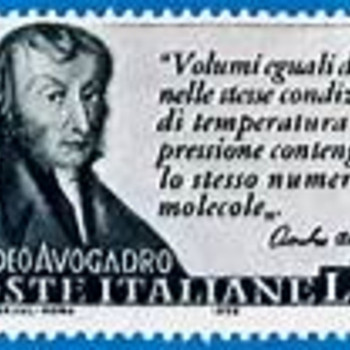A tablet contains CaCO3 and reacted with excess hydrochloric acid to produce 0.44g of Carbon Dioxide. CaCO3 + 2HCl = CaCl2 + CO2 + H2O MgCO3 + 2HCl = MgCl2 + CO2 + H2O How many moles of CaCO3 are in a tablet?
Please explain how knowing the mole of CO2 can help in knowing the moles of CaCO3. How does the equation show that the mole of co2 should be halved to result in the moles of caco3?
Please explain how knowing the mole of CO2 can help in knowing the moles of CaCO3. How does the equation show that the mole of co2 should be halved to result in the moles of caco3?
2 Answers
Look at the stoichiometry of your equation.....
Explanation:
Now this equation is stoichiometrically balanced, and it tells us that one mole of calcium carbonate, an
So given the stoichiometric equation, the molar equivalence, if I know the amount, the moles of one reactant or product, then I know the mass, the moles of the other reactants and products. Are you with me? Typically one reagent will be in excess, and the reagent in deficiency is known as the limiting reagent, and the stoichiometry depends on the molar quantity of this limiting reagent.
Should we burn hydrocarbons in air, for instance, hexanes...
What does the
Stoichiometry is just a fancy word for saying
And here we gots
And a mass of
See here for more of the same.
Please review your question and this answer, and if there are queries or objections, voice them, and someone will help you.
Refer to the explanation.
Explanation:
Balanced equation
Start with carbon dioxide and work backwards to calcium carbonate.
The molar mass of
Multiply the subscript of each element in the compound by its molar mass (atomic weight on the periodic table in g/mol).
Convert the given mass of
Next multiply mol
This is an important step even if the mol ratios are the same, because this step is where we go from mol
The equation does not indicate mol


